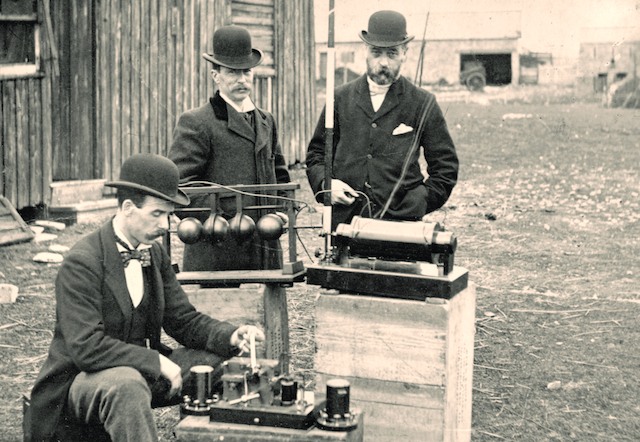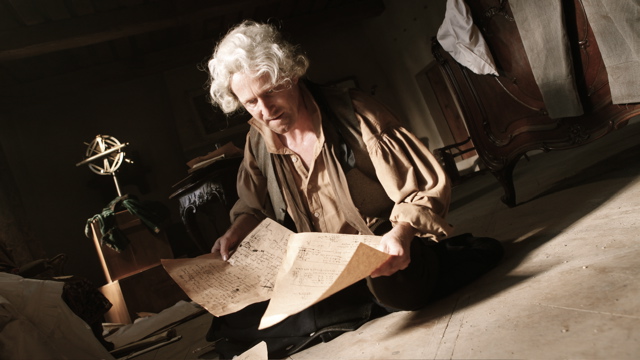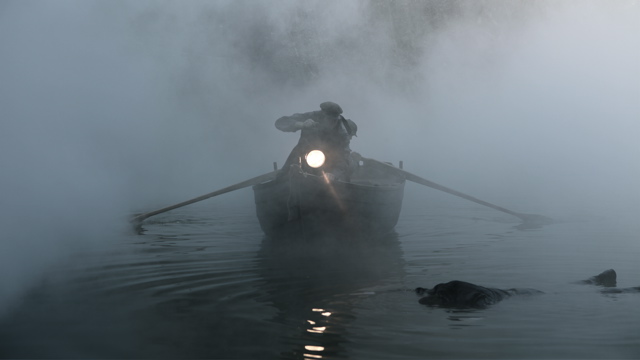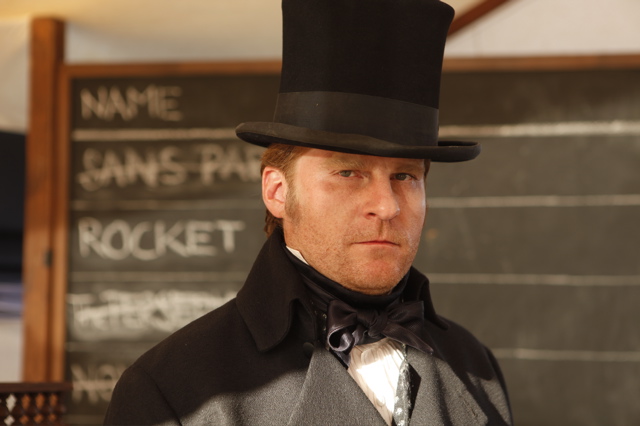

The Hunt for the First Metre
It came out of the French Revolution - the hunt for a universal measure to replace the chaos of different national systems. A decimal system was decided on and in 1791, two astronomers, Jean-Baptise Delambre and Pierre Méchain were tasked with establishing its length. They set out to measure the meridian between Dunkirk and Barcelona, as a prelude to calculating the distance from the North Pole to the Equator. The new measure - the metre - should be one ten millionth of that. Their journey, in a time of revolutionary turmoil, was full of danger and incidents. With their surveying equipment they criss-crossed the country for eight years, pursued by suspicious farmers, attacked by counter-revolutionaries, often starving and thirsty. The ordeal drove Méchain mad. But finally, in 1799, the original metre was fashioned out of platinum: the central value of the new metric system. In the years since then the dimensions of a metre have been ever more finely calculated, allowing for more and more precise measurements, both on Earth and far out into Space.

The Diesel Legacy
Rudolph Diesel, born in Paris in 1858, rose from humble origins to enjoy great success with the motor he invented. But then things began to go wrong. Competitors and jealous scientists ganged up against him and his invention. Financial speculation brought him to his knees and he sought refuge for a time in a psychiatric clinic. In 1913 he disappeared in suspicious circumstances while on board ship, on his way to an important business meeting in London. There are still doubts about the official verdict of ‚suicide’. For Rudolph Diesel had taken a keen and active interest in social reform, and he was already thinking about bio-diesel! Today a world without diesel engines is unimaginable. They power almost every vessel on our rivers and on the high seas, as well as every truck delivering food, industrial and consumer goods - not to mentions millions of buses and cars.

The Invisible Network
The Invisible Network describes Guglielmo Marconi’s epoch-making invention of wireless telegraphy at the end of the 19th Century. A series of dramatic triumphs and disasters preceded the perfection of his system; until in 1909 Marconi was awarded the Nobel Prize for physics. But Marconi - never shy of marketing himself or his inventions - received worldwide fame thanks to two events at sea: in 1910 when murderer Dr Crippen was caught ‚by telegraph’ after the captain of the ship taking him to Canada contacted Scotland Yard; and again in 1912, through the tragedy of the Titanic. They said the survivors were only saved „thanks to Mr Marconi and his wonderful invention“ - because the Titanic’s signallers were able to summon the help of nearby ships. After this, wireless telegraphy knew no bounds. It was the beginning of a whole new era of global communications.

Rocket on Rails
Without any formal education, mineworker’s son George Stephenson became the chief engineer of one of England’s biggest coalmines, and developed the world’s first practical steam locomotive in 1840. 15 years later his “rocket” made the Iron Horse the universal means of transport – in spite of strikes, and sabotage by ship building and canal companies. Stephenson had, single-handedly, turned a page of history. Even so, at first, there was plenty of opposition from a terrified population. For many, the railways were the devil’s work: Speed could make you sick, the smoke from the engine would bring the birds tumbling out of the sky, and cows would stop producing milk! It’s been the same ever since - every time human transport becomes more rapid, some have seen disaster on the horizon.